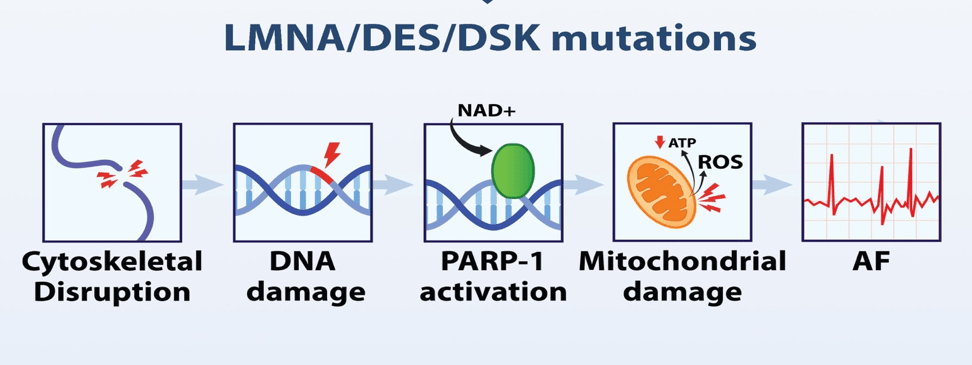The Genetic Puzzle of Familial Atrial Fibrillation
Atrial fibrillation (AF) is the most common progressive tachyarrhythmia. In Europe, AF is expected to reach a prevalence of 18 million by 2060. This estimate will increase hospitalization for AF to 4 million and 120 million outpatient visits.
Besides being an independent risk factor for mortality, AF is also associated with an increased risk of morbidities. Although there are many well-defined risk factors for developing AF, no identifiable risk factors or cardiac pathology is seen in up to 30% of the cases.
The heritability of AF has been investigated in depth since the first report of familial atrial fibrillation (FAF) in 1936. Despite the limited value of animal models, the advances in molecular genetics enabled identification of many common and rare variants related to FAF.
The importance of AF heritability originates from the high prevalence of lone AF and the lack of clear understanding of the underlying pathophysiology. A better understanding of FAF will facilitate early identification of people at high risk of developing FAF and subsequent development of more effective management options.
In the review paper of Ahmed Ragab et al, FAF epidemiological studies describing common and rare variants are reviewed. Also, their clinical implications and contributions to developing new personalized therapeutic strategies are discussed.
Want to read more? Read the paper via the frontiers website
Do you know someone who might be interested in this?






